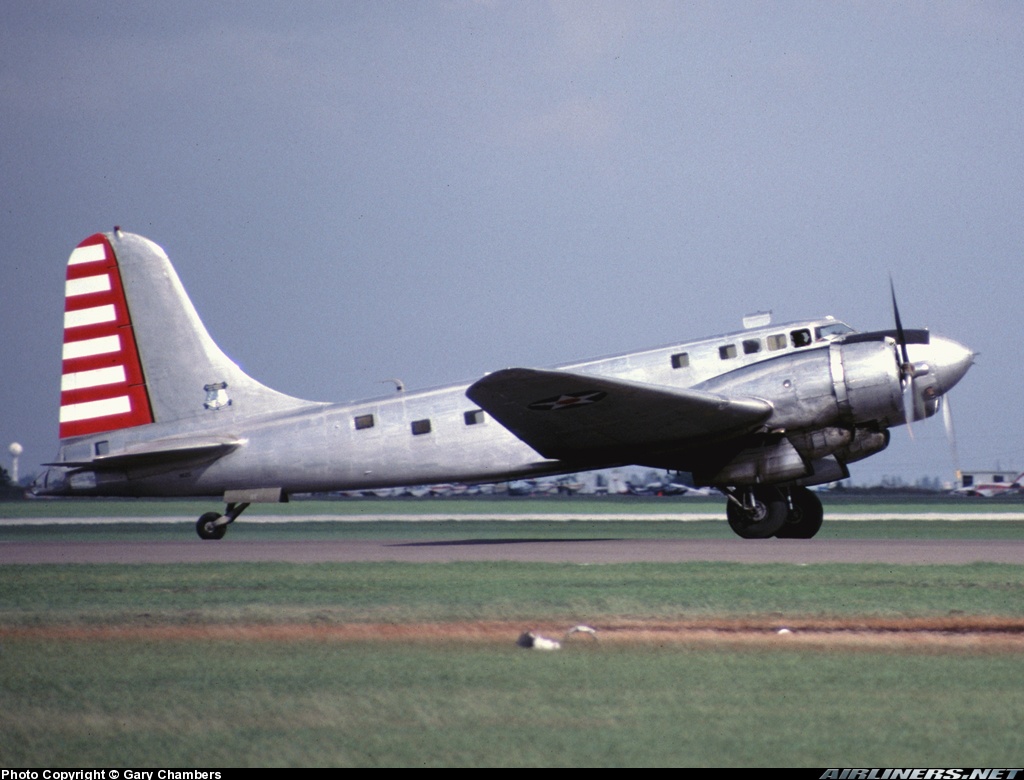
B-23
B-23/UC-67 Dragon
"Dragon"

"Dragon"
National Warplane Museum
The Douglas B-23 Dragon was a transitional medium bomber developed in the late 1930s as a refinement of the earlier B-18 Bolo. While it saw limited frontline service, the B-23 represented an important evolutionary step in American bomber design, incorporating features that would influence later aircraft like the iconic B-25 Mitchell.
First flown in 1939, the B-23 was equipped with improved defensive armament, a fully glazed nose for bombardier visibility, and aerodynamic refinements that significantly enhanced its performance over its B-18 predecessor. Only 38 B-23s were built, making it one of the rarest U.S. bombers of the WWII era. As frontline bomber designs quickly advanced, the B-23 was soon reassigned to secondary roles such as transport, training, and anti-submarine patrol duties. Some B-23s were later redesignated UC-67 for utility and transport service.
Although its combat career was short-lived, the B-23 contributed to early bomber crew training and patrol operations during the early years of WWII. After being phased out of frontline use, many surviving airframes were adapted for transport and VIP duties, and some later found civilian roles as executive transports and cargo aircraft.
Douglas B-23 / UC-67 Dragon (Military No. 39-0038 / Manufacturer’s No. 2724)
Built in 1939, this aircraft is one of the very few surviving B-23s in existence today. Originally operated by the U.S. military, it was later preserved by the Commemorative Air Force. In 2009, the aircraft was purchased by the National Warplane Museum and transported to Geneseo in disassembled condition by a team of dedicated Museum volunteers.
Currently, the aircraft remains in storage inside the Museum hangar, awaiting restoration. Initial plans call for a static restoration, allowing visitors to walk through the aircraft and experience the interior layout of an early WWII bomber. The ultimate goal is a full airworthy restoration if sufficient funding can be secured, which would make this Dragon one of the only flyable examples of its kind anywhere in the world. Its restoration will not only preserve a rare aircraft but offer future visitors a direct window into a little-known but significant chapter of American bomber development.
WWII USSAC Bomber/Transport
Purchased from CAF in 2009
Method: Purchased
Hangar #1
Other aircrafts in our collection


